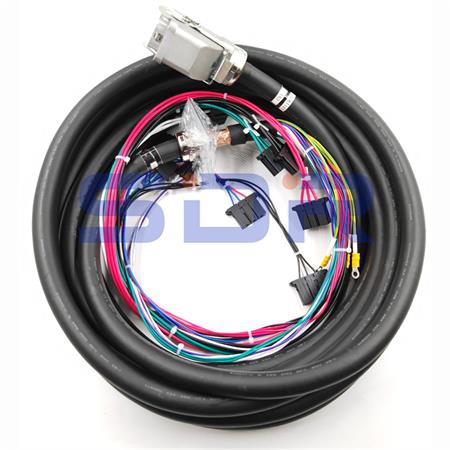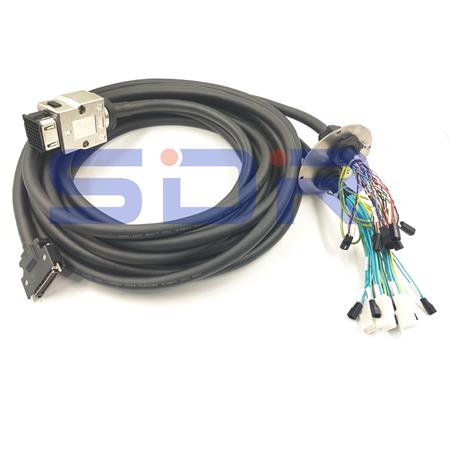In today's interconnected world, cables play a crucial role in transferring data and signals between devices. One particular type of Cable that has gained attention is the encoded cable. But what exactly is an encoded cable? To unravel this mystery, let's dive into the world of encoded Cables and explore their features, applications, and benefits. Encoded cables, also known as coded cables, are specialized cables designed with embedded electronic circuits to facilitate advanced data transmission. Unlike traditional cables, which solely transmit electrical or optical signals, encoded cables carry additional information within the cable itself. This embedded information allows for enhanced functionality, increased security, and improved performance in various applications.

Features of Encoded Cables:
1. Embedded Circuits: The distinguishing characteristic of an encoded cable is its integration of microelectronic circuits within the cable structure. These circuits serve different purposes, such as data encryption, error correction, signal amplification, and noise cancellation.
2. Two-Way Communication: Encoded cables enable bidirectional communication between devices. This means that not only can signals travel from the source to the destination device but also from the destination back to the source. This two-way flow of information opens up possibilities for real-time feedback and control in many applications.
3. Enhanced Data Transfer Rates: Encoded cables often boast impressive data transfer rates, allowing for high-speed transmission of large amounts of data. This makes them suitable for applications that require rapid data exchange, such as video streaming, gaming, and industrial automation.
Applications of Encoded Cables:
1. Audio-Visual Systems: Encoded cables find extensive use in audio and video equipment, including home theater systems, professional sound systems, and high-definition televisions. The embedded circuits enhance the signal quality, minimize signal loss, and enable two-way communication between devices for seamless integration and control.
2. Networking and Data Centers: In networking and data center environments, encoded cables offer faster and more secure data transfers. They support higher bandwidths, reduce electromagnetic interference, and provide error correction capabilities, resulting in reliable and efficient data transmission.
3. Industrial Automation: Encoded cables play a key role in industrial automation systems, connecting sensors, control units, and robotic devices. The built-in circuits help with real-time monitoring, feedback control, and ensuring accurate synchronization of processes.

Benefits of Encoded Cables:
1. Improved Signal Integrity: The embedded circuits in encoded cables help maintain signal integrity over longer distances, minimizing signal degradation and ensuring high-quality data transmission.
2. Enhanced Security: With the ability to encrypt data within the cable itself, encoded cables offer an extra layer of security against unauthorized access or data tampering. This is crucial in sensitive applications where data confidentiality is paramount.
3. Future-Proofing: Encoded cables are designed to adapt to evolving technologies and standards. They are often compatible with multiple protocols and can support higher data rates, ensuring longevity and compatibility with future devices and systems.
Encoded cables revolutionize the way data is transmitted and processed, offering advanced features, improved performance, and added security. With their embedded circuits, bidirectional communication capabilities, and high data transfer rates, they find applications in various fields, including audio-visual systems, networking, and industrial automation. By investing in encoded cables, we drive innovation and pave the way for a more connected and efficient future.
Previous: What Is a Jae Connector?